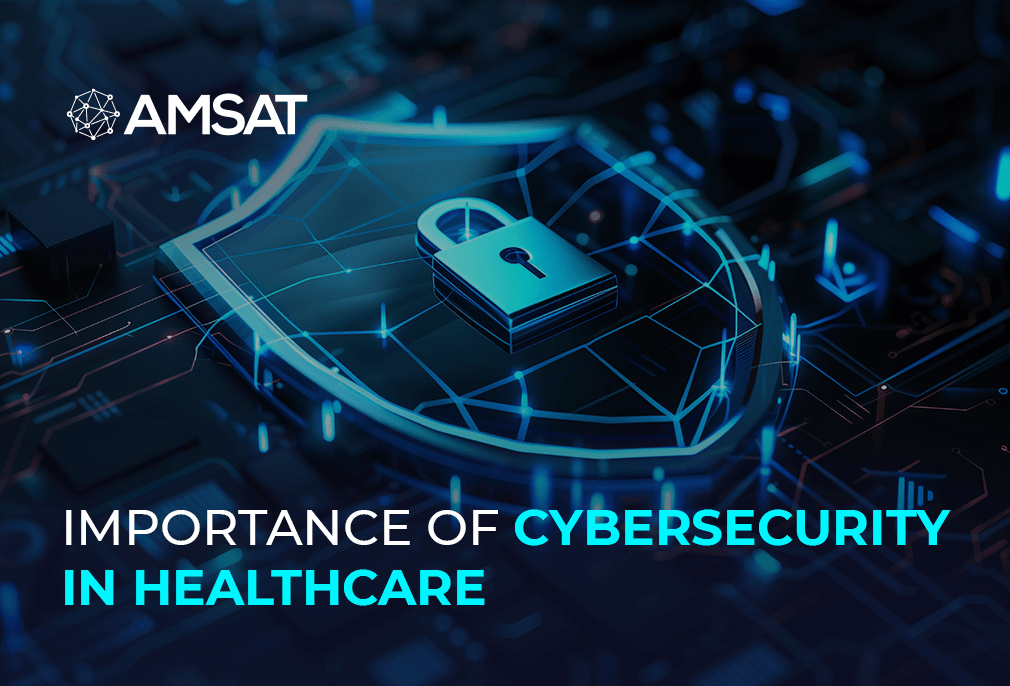Latest Blogs

By AMSAT Jan 26,2023
Cloud Virtualization and Its Main Types
Cloud virtualization is based on the idea that a piece of software can act like a physical item, which allows it to perform all of the functions of a piece of hardware even if the hardware is not there. As a result, the software runs on a server as if it were a desktop PC.
And that is exactly what a cloud-based IT service provides: a location where business processes can take place and be stored without the need for on-premises hardware.
Virtualization software enables different operating systems and applications to operate on the same server at the same time, lowering costs and increasing the efficiency of current hardware.
The Main Types of Virtualization
Virtualization is classified into numerous types based on the elements it is used on.
1. Server Virtualization
Consolidating many machines into a single server, which then runs multiple virtual environments, saves server space. It’s a method for companies to run identical programs on numerous servers in order to have a “foolproof” position. Because each server is self-contained, software installed on one will have no effect on the other. Another emerging topic in server virtualization is migration. While a secure network migration may be needed in some situations, it comes with its share of potential drawbacks for which organizations ought to be prepared. A server environment can be moved from one location to another, even if the computers have different operating systems. The obvious benefit is the reduction in hardware costs.
2. Storage Virtualization
Storing data on a hard drive used to be a simple undertaking: a company could simply buy a larger disc drive if it required more. However, storage requirements continue to expand, making management considerably more difficult. Virtualization is a fantastic solution. It inserts a layer of software between computers and servers, removing the requirement for programs to know where certain data is stored. It’s treated as if it’s just one resource. The virtualization layer will appear to servers as a single storage device, and each storage device will see the layer as its lone server.
3. Network Virtualization
Network virtualization makes it possible to control and supervise an entire network as if it were a single entity. It is primarily intended to automate administrative operations while masking the network’s complexity. Each server (and service) is part of a single pool of resources that can be exploited without regard for their physical components.
Appreciating the Benefits of Virtualization
Understanding the difference between private and public clouds is the best method to think about the role of virtualization. In a private cloud setting, a company owns or rents both the hardware and software that supports service consumption.
The Private Cloud
A private cloud is its own virtualized world. It allows customers more autonomy and flexibility in managing their own systems while maintaining all of the cloud’s benefits. Furthermore, the owner does not have to be concerned about coexisting “bad neighbors” or potential performance slowdowns. The following are some of the advantages of virtualization:
Virtualization allows a user to keep physical systems to a bare minimum, allowing them to get more value out of existing servers.
Using the same hardware to run numerous apps and operating systems. All management, administration, and other costs are covered by the in-house IT budget.
When deciding whether or not to adopt virtualization (a private cloud), a company must examine who will provide support and how it will be linked with other internal systems. Cost (operating expenses) is, of course, a factor to consider. What level of management is a company willing to undertake? What are the requirements for scalability and security?
Virtualization is likely to be preferred by firms that require better control and security and have substantial IT staff for these purposes.
TAGS
- Cyber Crime
- Security Updates
Recent Blogs
Ready to Get Started?
Our specialists are ready to tailor our security service solutions to fit the needs of your organization.










